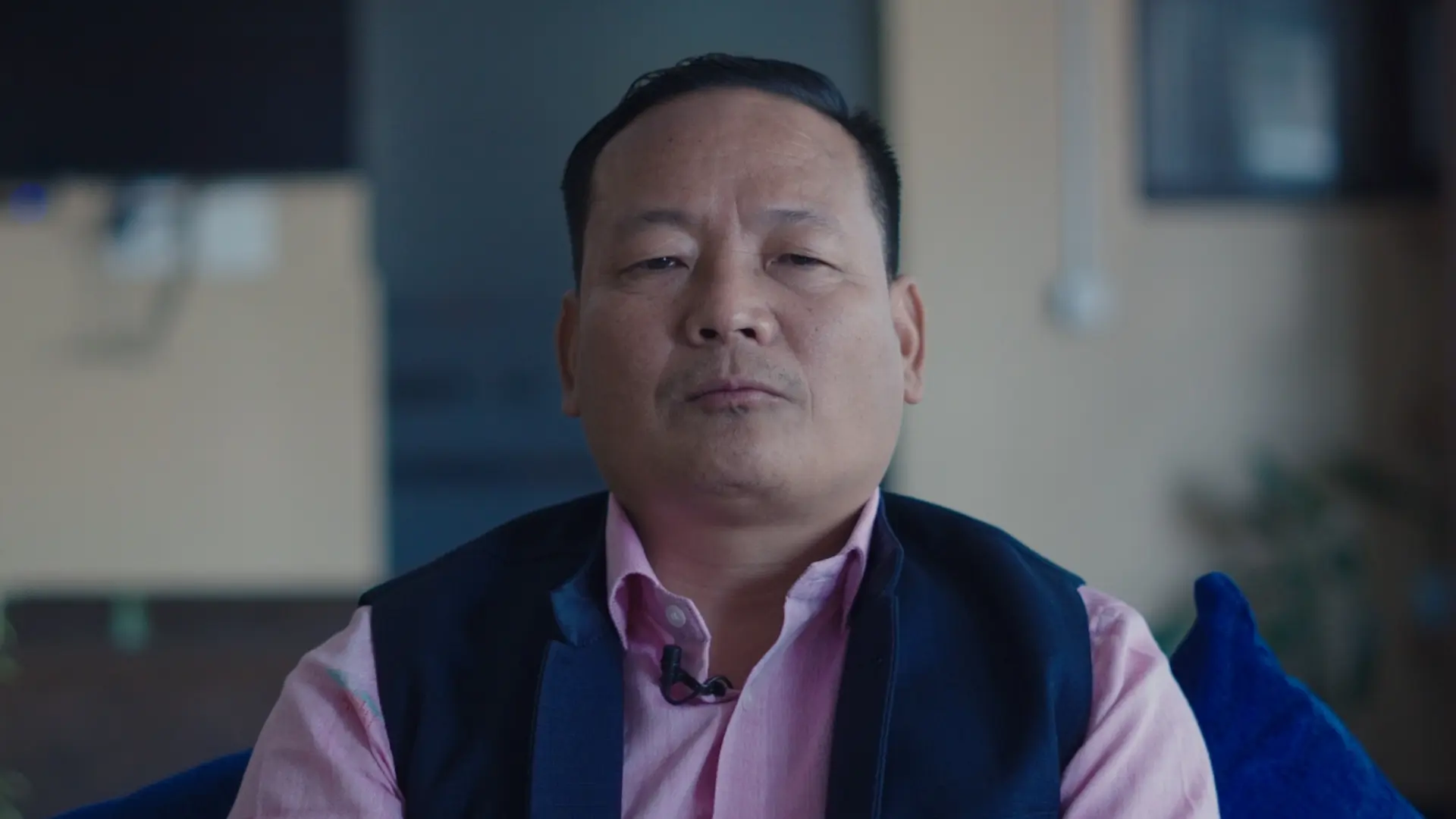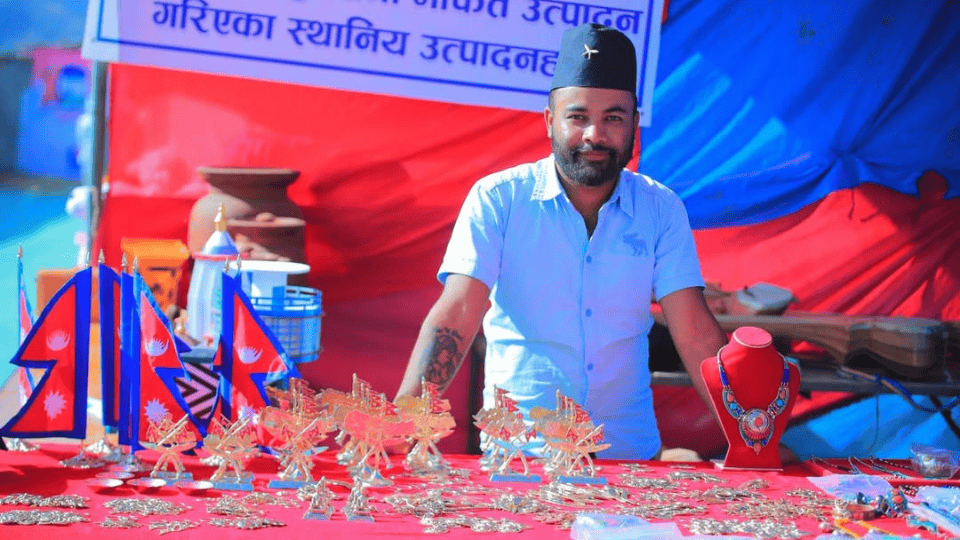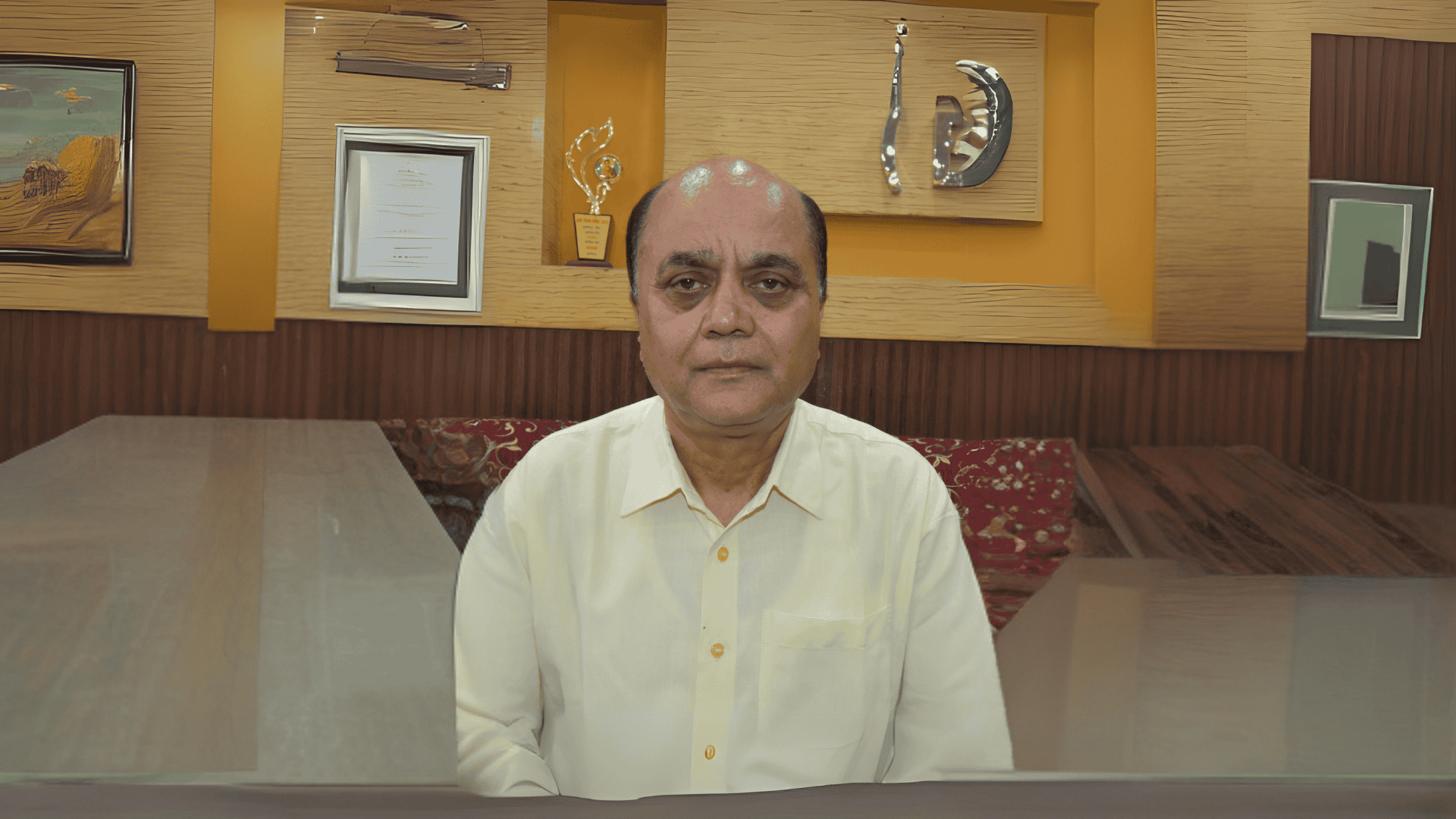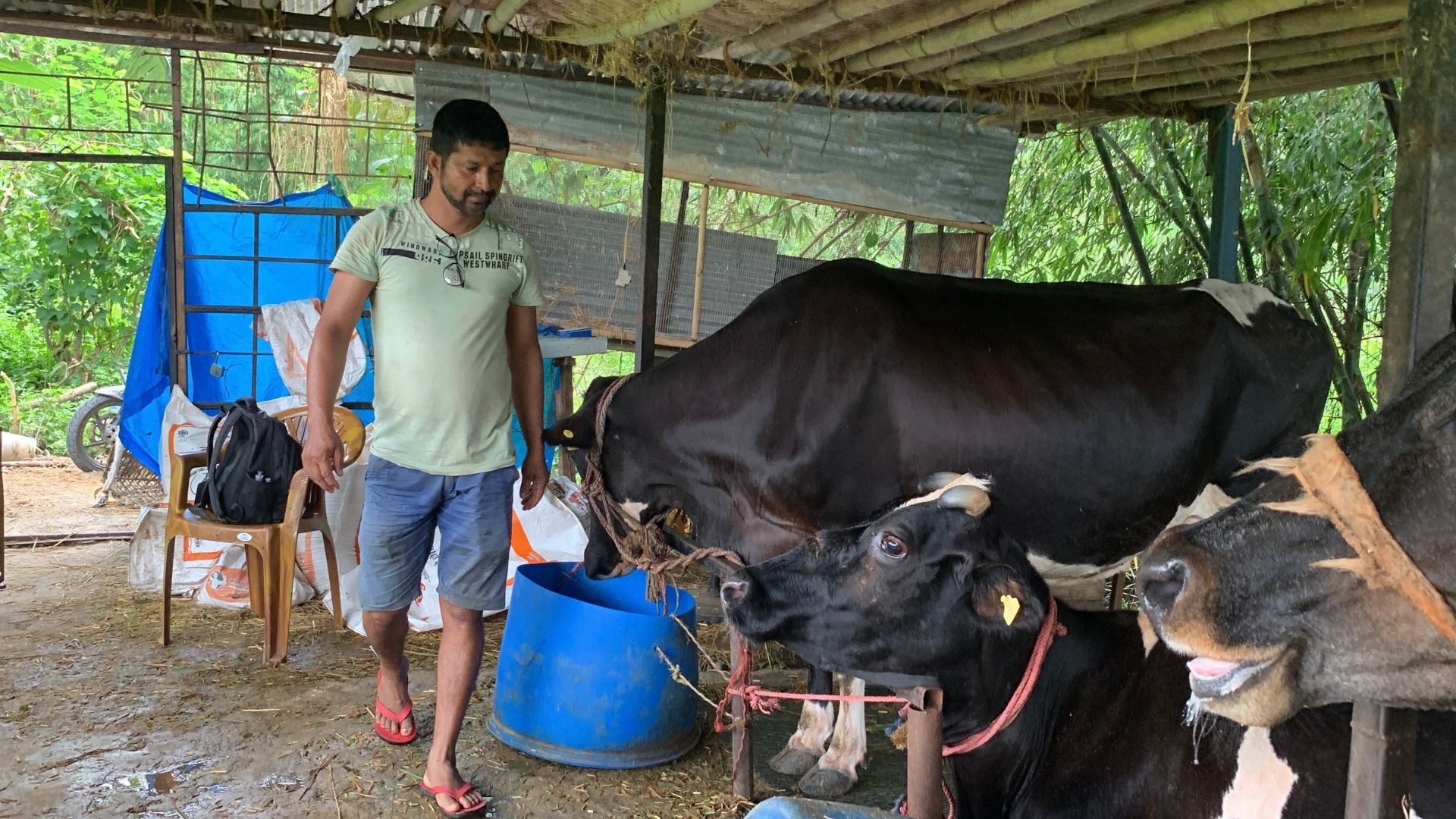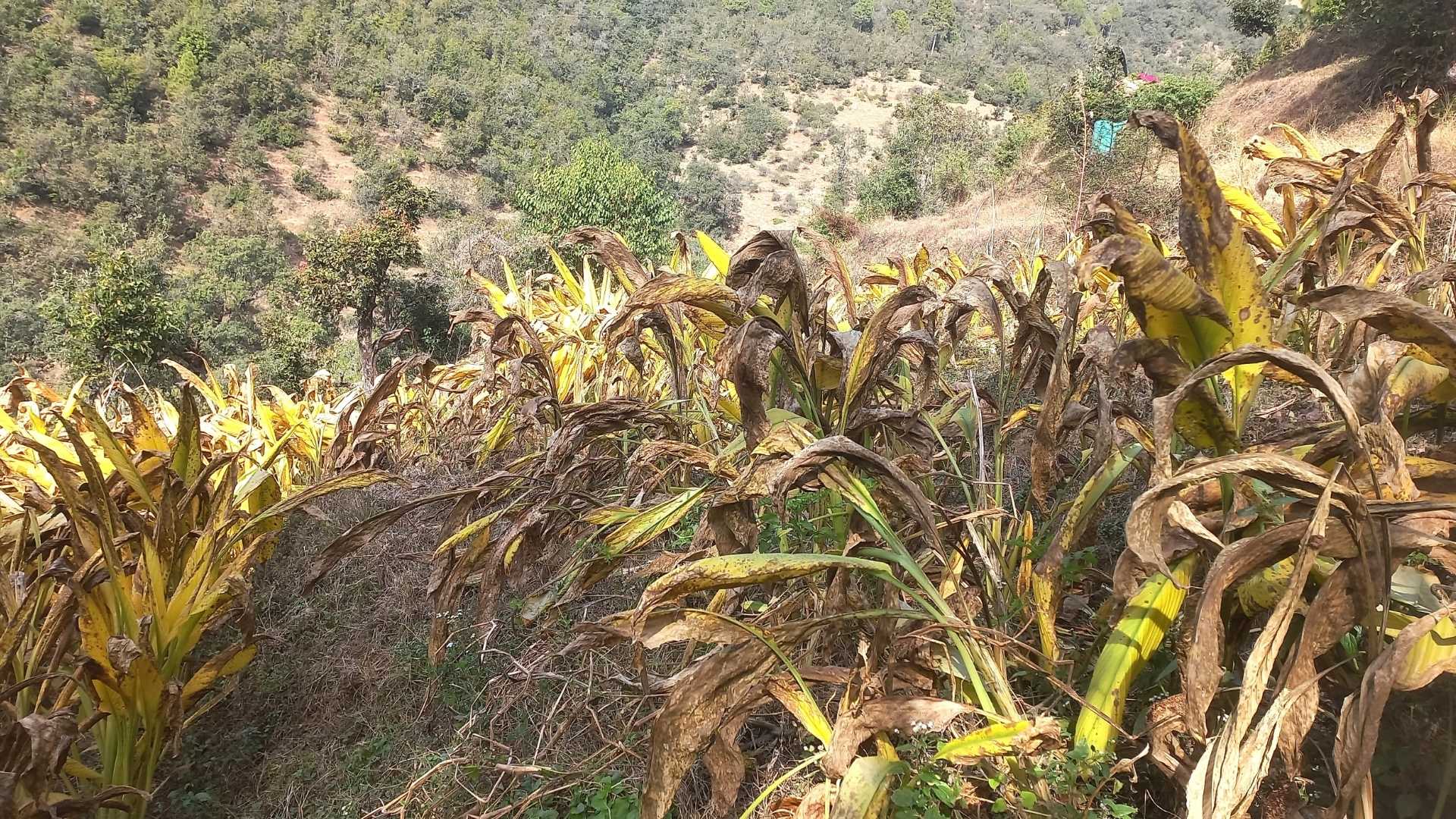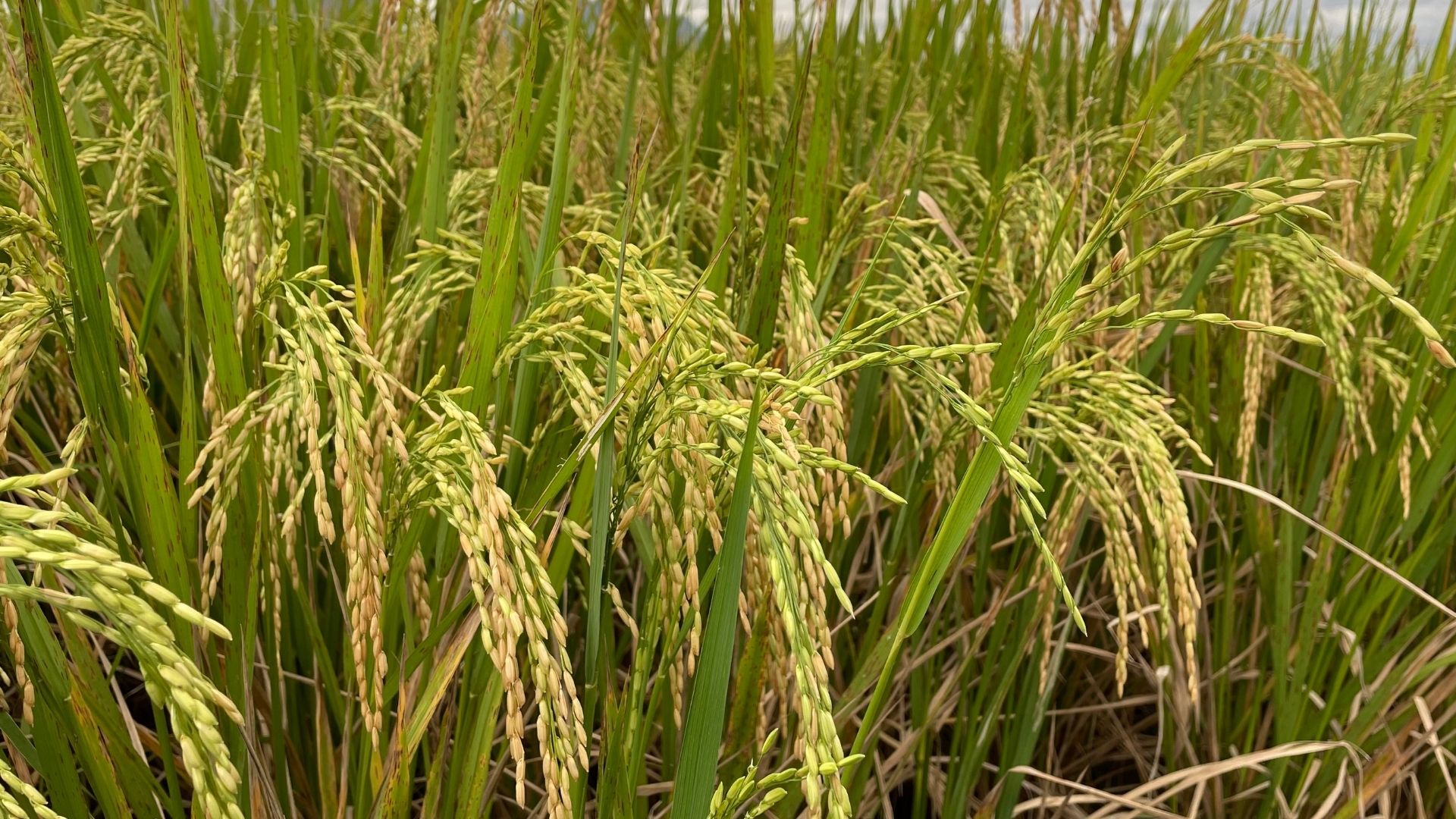Intellectual property (IP) refers to creations of the mind, such as inventions; literary and artistic works; designs; symbols, names, and images used in commerce. IP is protected in law by, for example, patents, copyright, and trademarks, which enable people to earn recognition or financial benefit from what they invent or create.
Individual Property Rights are the intangible assets of a business that provide legal protection for unique ideas, inventions, or creative works. It gives the business brand recognition, reputation, and value associated with the business name, logo, or specific product/service.
There are several types of IPR that provide legal protection for different forms of creativity and innovation. The main types of IPR are:
- Patents,
- Trademarks,
- Copyrights,
- Industrial Designs,
- Trade Secrets,
- Geographical Indicators and more.
→ What is the importance of registering an IP for your business?
Intellectual property is crucial for business success. It offers numerous benefits, including:
- Protection of business interest/asset.
- Competitive advantages.
- Revenue generation.
- Competitive intelligence.
- Financing opportunities.
- Investor and partner attraction.
- Risk avoidance and mitigation.
- National/international recognition.
→ Benefits of IP
- Create and invent new work in the area of technology and culture.
- IP assets (Patents, Trademarks, Copyright, Design) can be traded like ordinary tangible assets creating an extra source of revenue.
- Valuable intellectual property can be used to secure credit or attract investors/capital to the business.
- Legal protection of new creations encourages the commitment of additional resources for further innovation.
- The exclusive rights offer your goods or services a competitive advantage in the market.
- Protection reduces the chances of conflict between competitors.
- Spurs economic growth, creates jobs and industries, and enhances quality.
→What are Patents?
As per, The Patent, Design, and Trade Mark Act, 2022 (1965) a patent is registered for any useful invention relating to a new method of process or manufacture, operation or transmission of any material or a combination of materials, or that made on the basis of a new theory or formula.
In simple terms, a patent is a special right granted for a useful invention. It could be a new method, process, or way of making things. It can also involve using or combining materials in a unique way. It could be based on a new theory or formula.
In other words, a patent is a grant conferring the right to exclude others from making, selling, or using an invention for the term of the patent.
To obtain a patent, an invention must meet three key requirements:
- Novelty: It must be completely new, never published or used publicly before.
- Inventive Step: It should be non-obvious to an expert in the relevant field.
- Industrial Application: It must be capable of being industrially manufactured or used.
→For how long would you be granted a patent?
Having a patent means you’re the only one allowed to use and benefit from your invention for a specific period of time – In Nepal, a patent is initially granted for a period of 7 years. However, there is an opportunity for renewal up to two times, each for a duration of 7 years. This means that the total duration of a patent can be extended to a maximum of 21 years.
→ When will the Department reject your application for a Patent?
(a) The patent is already registered in someone else’s name, however, transfer is allowed.
(b) The applicant is not the inventor of the patent or does not have acquired rights from the original inventor.
(c) It is likely to have adverse effects on public health, conduct, morality, or national interest.
(d) It contradicts existing laws and registering it would be against Nepal law.
However, the patentee is provided with a reasonable opportunity to present their case against the cancellation.
→ What are Copyrights?
Copyrights protect original works created by a creator. The Copyright Act, 2059 (2002) governs copyrights in Nepal.
A copyright is a form of intellectual property protection that grants to the owner of a work of authorship the legal right to determine how the work is used and to obtain economic benefits from the work.
→What are the original works?
- Written works in various forms and lengths – Book, pamphlet, article, thesis;
- Theatrical works intended for performance – Drama, dramatic music, dumb show, and a work prepared to perform in such manner;
- Musical compositions represented in written form, with or without accompanying words – Musical notation with or without words;
- Works that combine visual and auditory elements, such as movies, television shows, and videos – Audiovisual works;
- Plans and designs for buildings and structures – Architectural design;
- Paintings, sculptures, woodcarvings, lithographs, and other artistic creations related to architecture – Fine Arts, painting, work of sculpture, work of woodcarving, lithography, and other work relating to architecture;
- Original photographs or collections of photographs – Photographic work;
- Creations that combine aesthetics with functional purposes, such as furniture, jewelry, or ceramics – Work of applied art;
- Visual representations of various subjects, including geography, and scientific articles and works – Illustration, map, plan, three-dimensional work relating to geography, and scientific article and work;
- Software code and applications created for computers and electronic devices – Computer program.
→What rights does it protect?
Copyright grants the creator exclusive rights to reproduce, distribute, display, perform, and create derivative works based on the original work.
→What are Designs?
Designs are the shapes, forms, or patterns of materials created through various methods.
Who is the owner of a registered Design?
Anyone can have rights over a design of goods if it is or caused to be made by him and if it is registered in their name. Ownership of a design can be transferred.
What is not allowed?
Using someone else’s registered design without written consent is not allowed. Manipulating the public or copying a registered design without permission is also prohibited.
How can you apply for the registration of Design?
To register a design, the person who created or caused the creation of the goods must apply to the Department of Industry (DOI). The application should include a description, drawings, sketches, and four model copies of the design. An application fee is required.
What Designs will not be registered?
Designs that have adverse effects on individuals or institutions, harm public well-being, morale, or national interest, or have already been registered by someone else cannot be registered. The department also checks for novelty and originality.
What is the term for which rights of a Design are granted?
The design holder has rights for 5 years from the registration date and must renew the registration within 35 days of expiry.
→ What are Trademarks?
A trademark can be a name, word, phrase, logo, symbol, design, image, or a combination of these elements that distinguishes goods or services from those of others from those of any firm, company, or individual.
A trademark is any word, name, symbol, or device used to identify the source or origin of products or services and to distinguish those products or services from others.
The Patent, Design, and Trademark Act, 1965 (2022) (“PDTA”) regulates trademark protection and enforcement in Nepal. The competent authority for registering and administering foreign trademarks in Nepal is the Department of Industries (“DOI”) Website: http://www.doind.gov.np/ within the Ministry of Industries, Government of Nepal.
What are the types of trademarks?
There are mainly two kinds of Trademarks they are;
- Unregistered trademark ™: This mark is used to promote or brand goods (you can use this with your name if your trademark is still in the application process)
- Registered trademark ®: This mark is used after completing the registration process.
Why is Trademark important for your business organization?
- Protect your brand’s identity.
- Prevent competitors from stealing your customers by impersonating your brand.
- Protection from imposters harming your reputation.
How can one get their trademark registered In Nepal?
The process of registering a trademark takes approximately 12-15 months and is valid for 7 years from the date of registration. The Department of Industry (DOI), which is part of the Ministry of Industry, is the competent authority in Nepal for trademark registration and administration. Additional home/foreign registration is required if it is for the registration of a foreign trademark.
Both foreign and domestic trademark registrations necessitate the completion and submission of a form to the Ministry.
Documents required
- Application of Registration of Trademark
- Certificate of Registration of the Proprietor of the Trademark
- Tax Registration Certificate of the Proprietor
- 4 Copies of the Label of the Trademark each in 8×8 cm in size
- Power of Attorney



